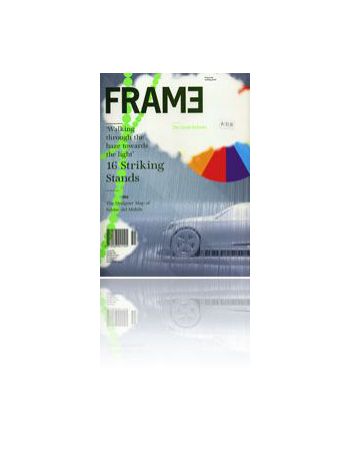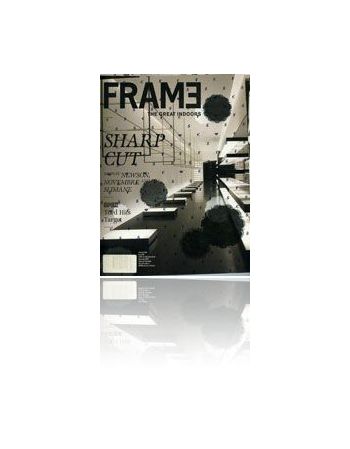Frame Magazine 51 - STANDS...
89,25 zł
Cena
Dostępność: na zamówienie
Przegląd tego wydania FRAME: 16 standów i instalacji, ponadto salony i sklepy autorstwa Bouroullecs oraz Muti Randolph, restauracja w Wiedniu autorstwa Eichinger oder Knechtl. Product design od Roberto oraz Ludovici Palomba. Przegląd Salone del Mobile 2006.
Wszystko na 224 stronach 51 wydania FRAME.
Frame Magazine to znany holenderski magazyn związany z architekturą wnętrz oraz designem. Wydawany od 1999 roku przez Mark Publishers. To samo wydawnictwo prezentuje na stronach W-A.pl także magazyn "czysto" architektoniczny - znakomity Mark Magazine.



